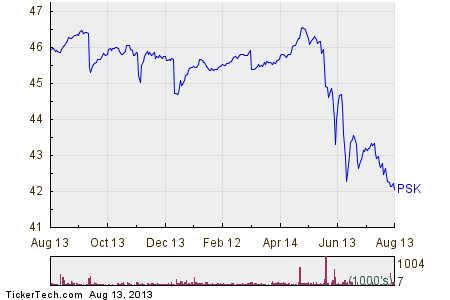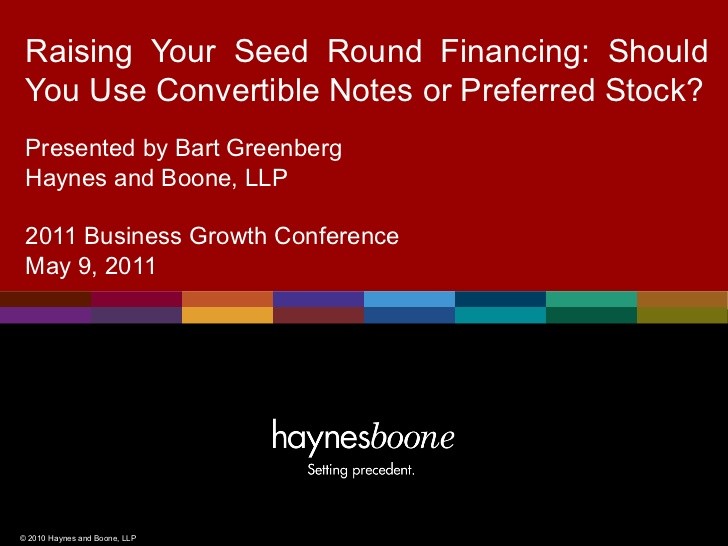Preferred Stock_1
Post on: 16 Март, 2015 No Comment

What are they and what can they do for you
Preferred stock is a security that pays fixed dividends and in case of bankruptcy the first of the list to claim common stocks over the companys earnings and assets. Preferred stock, like common stock, also represents an equity ownership in a company. Equity is defined as capital invested in a company by its owners; debt is capital lend to the corporation which must be repaid.
A preferred stock is a hybrid type of securities which have features similar to debt as to equity. The preferred stock pay fixed dividends and if it has call provision, can be retired by the company.
Although preferred stocks are classified as equity, preferred stockholders do not have any type of participation in the company. The omission of the company in dividend payments to preferred stockholders do not result in bankruptcy as it would happen with the no payment of interests with bonds. In change, the company does not pay common stockholders any dividend until the preferred stockholders have received their dividends opposite to common stocks, the rate of dividends for preferred stock is generally fixed. It could be considered as a percentage of par value of preferred stock or as a fixed dollar amount.
The par value is a stated value and here is why a preferred stock issued with a par value of $100 and has an 8% dividend would pay a dividend per share of $8 (8% of $100). Fixed dividends of preferred stocks attracts investors that look for receiving payments of regular incomes.
In this sense preferred stocks are like regular returns in bonds. The negative part of fixed dividend rates is that prices of preferred stocks are very sensible to changes in the markets interest rates, the same happens with bonds. For example, if you bought preferred stocks at $100 per share that pay a dividend of $4 each and the interest rates in the market raise abruptly 6% there will be a negative pressure over the prices of these preferred stock.
New investors wont want to buy the preferred stock at a price of $100 when their dividends are only $4 (a return of 4%, 4/100) and when the new preferred stock issued have a better performance to counteract these changes of interest rates in the prices of preferred stocks. Many financial institutions and utility companies introduced in the early 80s adjustable-rate preferred stock for when the rates of interests in the markets are high.
Dividend payments fluctuated with changes in a combination of US Treasury securities. Dividends shift from highs and lows within the stipulated margins in minimums and maximums.

For example, the America Corporation Banks 9.25% (at offering) adjustable-rate preferred stock had a 6% minimum dividend rate and a 12% maximum rate. The rate was adjusted for the changes in the interest rates every three months.
The advantage of adjustable rate preferred stock is that the price of preferred stock does not fluctuate when shifts in interest rates. in the markets. Since changes occurred in the tax code of 2003, there is a larger interest for preferred stocks.
Dividends given by preferred stocks are taxed at favorable rates, 5% for taxpayers in the 15% or lower marginal tax brackets and 15% for all other taxpayers. However, most parts of preferred stocks issued do not qualify for this favorable tax treatment due that these issues are trust preferred stocks.
These trust preferred stocks issued are created by trusts that technically pay interests, and therefore payments are taxed at the taxpayers marginal tax rates (which can be as high as 35%).














